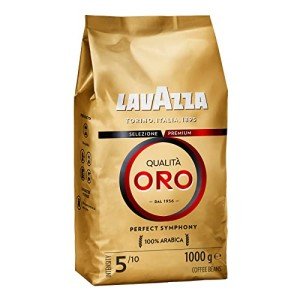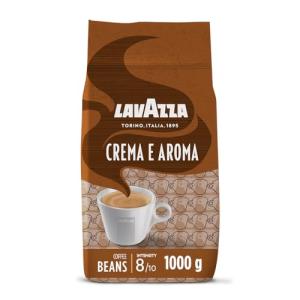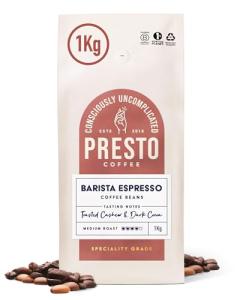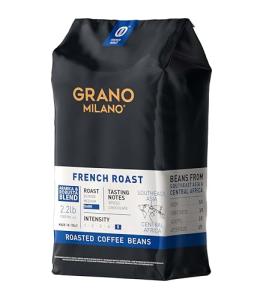Coffee is not just a beverage; it’s an experience that transcends tastes and cultures. Among the different varieties of coffee, Arabica is revered for its superior quality, flavor complexity, and aromatic qualities. This guide will delve into dark roast Arabica coffee beans, exploring their characteristics, benefits, brewing methods, and common FAQs, all while presenting information in an engaging and informative manner.
Understanding Arabica Coffee
Arabica coffee beans (Coffea arabica) are one of the two main species of coffee that dominate the market, accounting for about 60-70% of global coffee production. Preferring higher altitudes and cooler climates, these beans are cultivated in many regions worldwide, including Central and South America, Africa, and parts of Asia. The dark roast variation, characterized by its deeper flavor profile, has garnered a loyal following among coffee enthusiasts.
Table 1: Characteristics of Dark Roast Arabica Coffee Beans
| Attribute | Description |
|---|---|
| Flavor Profile | Strong, bold flavors with undertones of chocolate and caramel |
| Aroma | Rich, toasted aromas often reminiscent of smoky notes |
| Acidity | Low acidity compared to light or medium roasts |
| Caffeine Content | Generally lower than lighter roasts due to longer roasting |
| Color | Dark brown to almost black in appearance |
The Roasting Process
The roasting process is crucial in determining the flavor, aroma, and characteristics of coffee beans. Dark roast coffee goes through a more prolonged roasting period, which alters the chemical composition of the beans.
Stages of Coffee Roasting
- First Crack: At around 200°C (392°F), the beans emit a cracking sound indicating the formation of gases within them. Lighter roasts are typically removed shortly after this stage.
- Second Crack: Occurring around 220-225°C (428-437°F), this crack marks the transition into medium to dark roasts. The beans undergo a change in color, becoming darker and releasing oils.
- Roasting Completion: For dark roast Arabica beans, roasting ends after the second crack, leading to a full-bodied flavor and oily surface.
Table 2: Roasting Stages and Their Characteristics
| Roasting Stage | Temperature (°C) | Flavor Characteristics |
|---|---|---|
| Light Roast | 180-205 | Bright acidity, fruity or floral notes |
| Medium Roast | 205-220 | Balanced flavor with mild sweetness |
| Dark Roast | 220-230+ | Bold, rich flavors, and diminished acidity |
Health Benefits of Dark Roast Arabica Coffee
While some may worry about the effects of coffee on health, numerous studies suggest that moderate coffee consumption can have several health benefits:
- Rich in Antioxidants: Dark roast coffee retains a high level of antioxidants, which help neutralize harmful free radicals in the body.
- Improved Metabolism: Caffeine may enhance metabolic rate and aid in fat oxidation.
- Lower Risk of Certain Diseases: Regular coffee drinkers have been associated with a decreased risk of illnesses like type 2 diabetes and liver disease.
Table 3: Health Benefits of Dark Roast Coffee
| Benefit | Description |
|---|---|
| Antioxidant Properties | Contains compounds that combat oxidative stress |
| Metabolism Boost | Caffeine can increase metabolic rate by 3-11% |
| Chronic Disease Prevention | Linked to reduced risk of Type 2 diabetes |
Brewing Dark Roast Arabica Coffee
Brewing dark roast Arabica coffee can be an art in itself. Various brewing methods can be utilized, each bringing out different flavor nuances.
Popular Brewing Methods
-
French Press:
- Coarse grind the beans.
- Steep for about 4 minutes before pressing down the plunger.
-
Pour-over:
- Use a medium-coarse grind.
- Pour hot water in a circular motion over the grounds.
-
Espresso:
- Finely grind the beans and tamp them into a portafilter.
- Brew under pressure to extract a concentrated shot.
Tips for Brewing
- Use filtered water for better flavor.
- Experiment with water temperature; around 90-95°C (194-203°F) is optimal.
- Adjust coffee-to-water ratio according to your taste preference.
Frequently Asked Questions (FAQ)
1. What is the difference between dark roast and light roast Arabica coffee?
The primary difference lies in the roasting time and temperature. Dark roast beans are roasted longer, resulting in a bold, robust flavor and lower acidity compared to the lighter roast, which maintains more acidity and fruity notes.
2. Does dark roast coffee contain more caffeine?
Generally, dark roast coffee contains slightly less caffeine by volume than lighter roasts due to the longer roasting time, which breaks down caffeine molecules. However, because of the brewing process, serve size or brewing method can affect the caffeine content in each cup.
3. How should I store dark roast Arabica coffee beans?
Proper storage is essential to preserve flavor and aroma. Store beans in an airtight container away from light, heat, and moisture. It’s best to keep them in a cool, dark place, and if possible, use them within 2-4 weeks after opening.
4. Can I use dark roast Arabica beans for espresso?
Yes! Dark roast Arabica beans can be excellent for making espresso. The richness and bold flavors shine through in espresso-based drinks, providing a satisfying experience.
Dark roast Arabica coffee beans offer a complex yet rich flavor profile that many coffee lovers appreciate. Understanding their characteristics, the roasting process, health benefits, and brewing methods can help enthusiasts enhance their coffee experience. As trends in coffee continue evolving, dark roast Arabica remains a classic choice for those seeking boldness in their cup. So, whether you're purchasing a 1Kg bag for yourself or looking to indulge a friend, the journey into the robust world of dark roast coffee is bound to be rewarding. Enjoy exploring this delightful brew!






